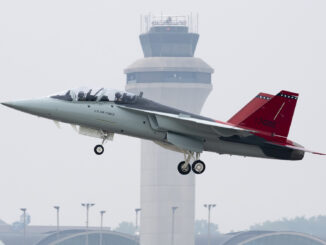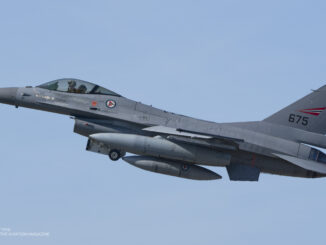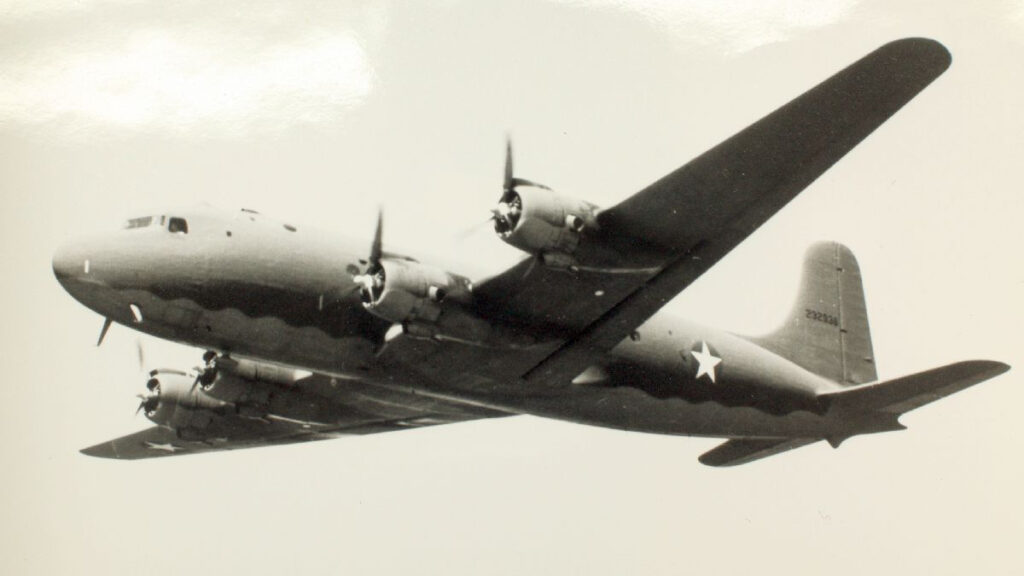 On 26th January 1950, a Douglas C-54D Skymaster of the United States Air Force took-off from Anchorage, Alaska and headed Great Falls in Montana. After approximately two hours of flight, contact with the aeroplane was lost and no single trace of the Skymaster has ever been found.
On 26th January 1950, a Douglas C-54D Skymaster of the United States Air Force took-off from Anchorage, Alaska and headed Great Falls in Montana. After approximately two hours of flight, contact with the aeroplane was lost and no single trace of the Skymaster has ever been found.
The Douglas C-54D Skymaster 42-72469 was operated by the 2nd Strategic Support Squadron (SSS) of the USAF, being a part of the Strategic Air Command. On 26th January 1950, the aircraft was scheduled to fly from Elmendorf Air Force Base in Anchorage, Alaska to Great Falls Air Force Base in Great Falls, Montana. The Skymaster was operated by a crew of eight that included personnel from the 1st and 2nd SSS, led by the 1st Lieutenant Kyle E. McMichael. On board of the C-54D there also were thirty-six passengers, including three civilians.
The C-54 Skymaster was a four-engine military transport aircraft developed from a civilian airliner, Douglad DC-4. The aeroplane performed its maiden flight on 14th February 1942 and later that year was introduced into active service with the United States armed forces.
The Skymaster 42-72469 was manufactured in February of 1945 and, until the fatal flight in January of 1950, clocked 4387 flight hours. In August of 1949, the aeroplane underwent its scheduled overhaul at Tempco in Dallas, Texas.
On that fateful day things went wrong from the very beginning. Firstly, the Skymaster departure was delayed several hours due to failure of one of its engines. In the meantime, the weather got worse and temperatures plunged well below zero.
After the eventual take-off, the aircraft took the flight path to Montana via Green Eight and Amber Two airways over Alaska and Canada. The crew was supposed to check in with flight control authority every thirty minutes along the route.
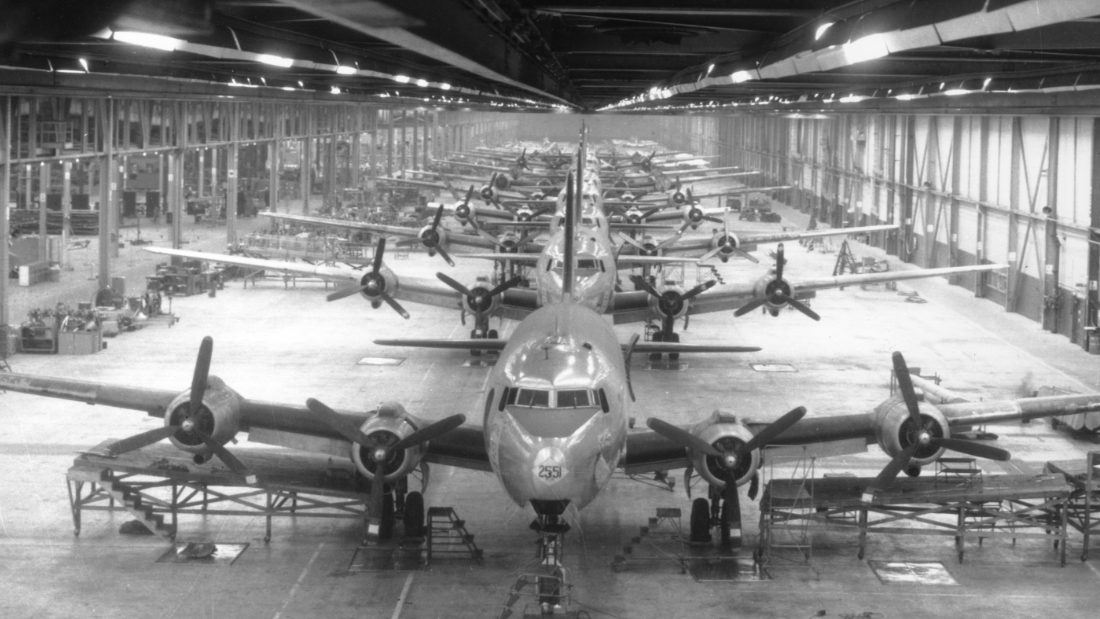
At 23:09 UTC (17:09 local time), the Skymaster crew made one of its mandatory radio contacts while flying over Snag in Yukon. They reported the aircraft position, described the weather as clear to scattered but with visibility of thirty miles. In addition, the pilot radioed that ice was forming on the Skymaster wings, nevertheless the crew did not consider that as an issue and confirmed the flight continues smoothly. At that time, the C-54D was already in the air for approximately two hours in the air and had six more ahead to reach Montana.
However, the radio contact made over Snag was the final one and nothing was heard from the C-54D crew ever since.
The search and rescue operation was launched at 00:20 UTC (27th January), shortly after the C-54D missed the next scheduled radio contacts. The USAF authorities estimated the Skymaster had enough fuel to continue the flight until 10:15 UTC.
Coincidentally, joint US-Canada training named Exercise Sweetbriar was about to start on 15th February. Therefore, some participating personnel and aircraft were already transferred to the Yukon territory. That allowed the US military authorities to assign them almost immediately to search for the Skymaster.
A total number of eighty-five aircraft and more than 7,000 personnel were involved in that search and rescue operation. Nevertheless, it was both desperate and chaotic. The entire territory of Yukon was covered with plenty of snow, temperatures were as low as – 40°C and assigned military crews were not trained to perform SAR activities in such severe conditions.

The scale of issues is well demonstrated by the fact that three aircraft crashed during that search and rescue operation: two C-47s of the USAF and one C-47 of the Royal Canadian Air Force. Fortunately, all their crew members survived and were successfully rescued.
Unfortunately for the Skymaster crew and passengers, the SAR operation was suddenly suspended on 14th February 1950. On that day, a Convair B-36B of the USAF crashed in the British Columbia after jettisoning a Mark 4 nuclear bomb. Immediately, the effort of the USAF and RCAF was focused on searching for the missing nuclear bomb.
Shortly after it was discovered that the bomb detonated in mid-air and it was just a large, but conventional explosion. The USAF later stated the Mark 4 was not carrying the plutonium core but only a training conventional load.
In case of the Convair, the SAR operation was more successful. Twelve out of seventeen people on board of the aircraft survived after bailing out and were then rescued. Wreckage of the B-36 was found three years later but no remains of the Mark 4 bomb were ever found.
Although the SAR operation related to the Skymaster disappearance was just suspended, the USAF has never opened it again. On 20th February the search for the C-54D was officially closed. The fate of the aircraft and forty-four people on its board remained a mystery.

Over the years, several seekers were trying to find the missing C-54D Skymaster. It would seem that an aircraft of such size – four-engine airliner with 35.81 metres wingspan, length of 28.60 metres and wing area of 136 m² – should be quite easy to locate but no single trace was found. Although it is estimated the C-54D crashed somewhere between Snag and Whitehorse (the next point the crew should perform another radio contact), it still means more than 650 km in a straight line – over the second-least territory of Canada – with a large number of deep, narrow alpine lakes and high mountains including the highest one in Canada, Mount Logan (5,959 metres). Moreover, there is also a possibility that the Skymaster crew lost orientation, veered off course and flew in unknown direction.
An interesting fact is that more than 500 aircraft are reported as crashed within the Yukon territory. Some even call that area the Alaska Triangle, with clear reference to the Bermuda Triangle. However, wrecks of all those aircraft were successfully located, with just one exception – the C-54D Skymaster 42-72469.
In the early 2022, the CBC broadcasting company released a documentary named Skymaster Down, telling the story of the aircraft and families of the victims. That movie inspired another group of seekers, led by Brent McHale, to launch another search for the aeroplane. According to CBC, the searchers included a geologist, a historian and a glaciologist. They examined some remote mountain valleys and used drones to get to dangerous places, as well as checked some local information and rumours. Regrettably, still without any results.
To this day, no single trace of the aircraft nor people who were on its board has been found. The disappearance of the C-54D Skymaster 42-72469 still remains one of Canada´s greatest unsolved mysteries.
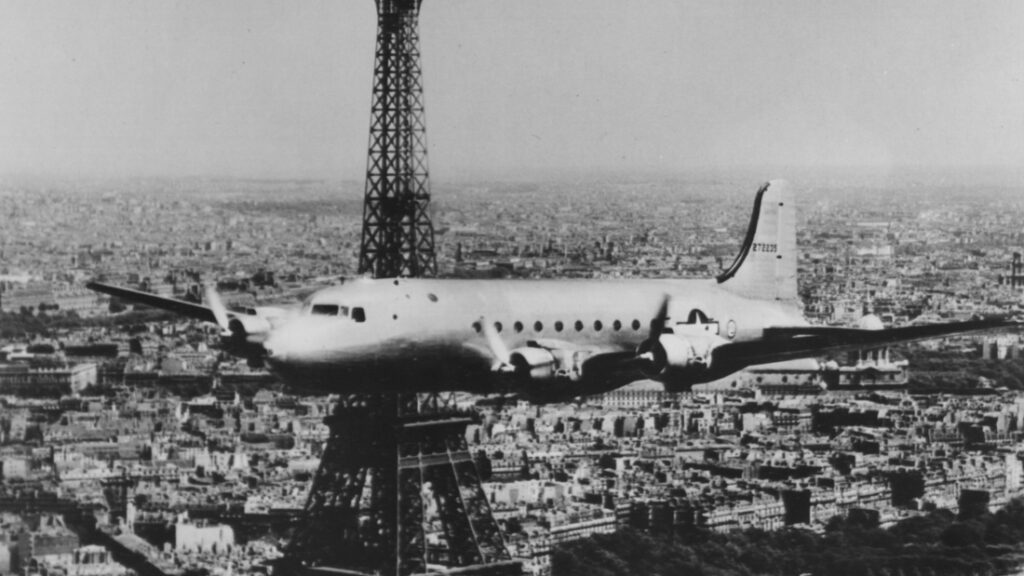
Cover photo: Douglas C-54D Skymaster, USAF, illustrative photo / source: San Diego Air and Space Museum Archive, 01_00090724, via Flickr Commons, cropped


